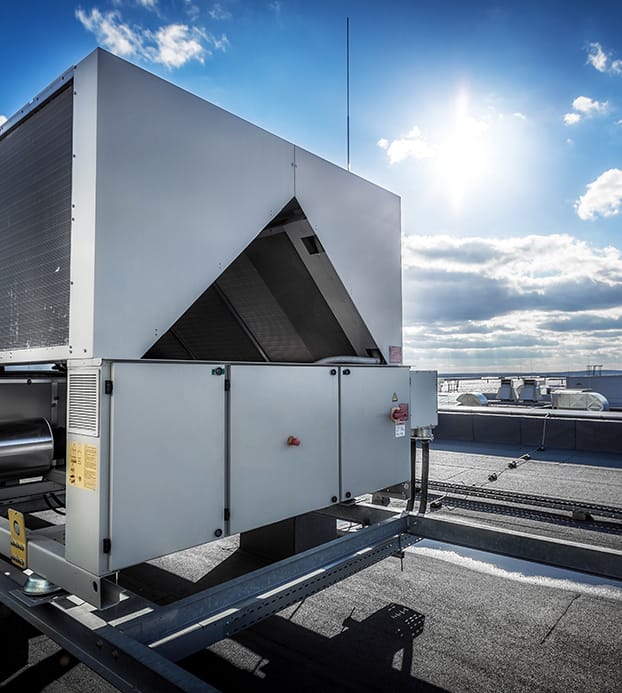Request AC & Heating Service
Since 1977, home and business owners in Middle Georgia have “let Pruett do it!” to keep their homes and businesses cool in the summer and warm in the winter.
If you have heating and cooling needs, let Pruett be your first choice for:
Need Your Home A/C Fixed Right Now? Call 478-298-4115 For Service.
"*" indicates required fields
Our Locations

Warner Robins
Phone: (478) 225-4921
100 Constitution Dr.
Warner Robins, GA 31088
Licensed: #CN209475
